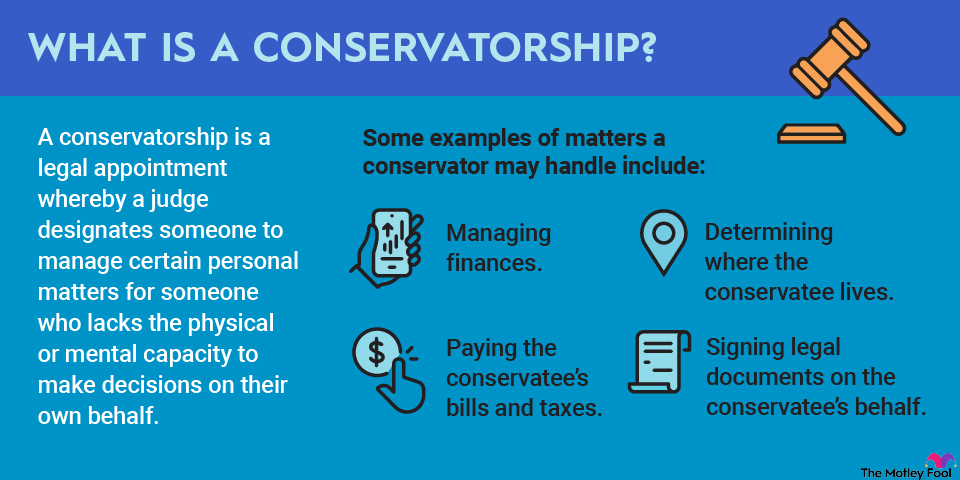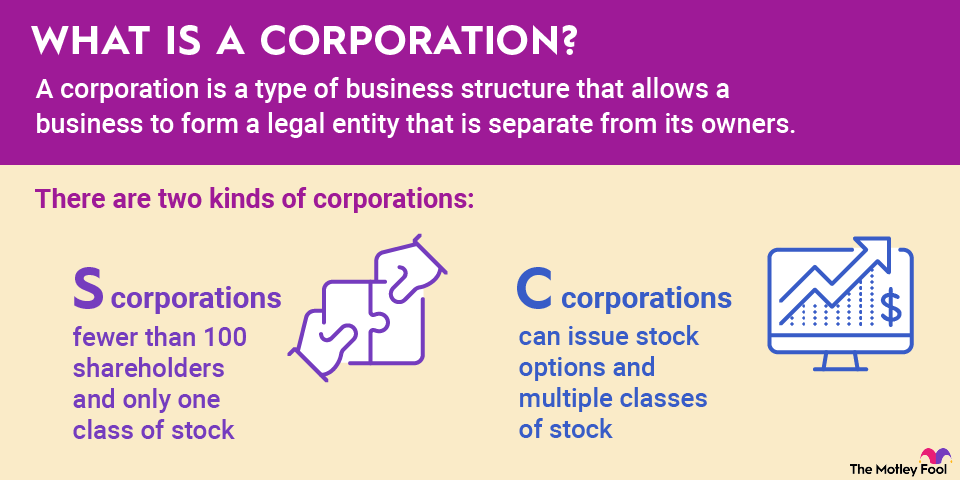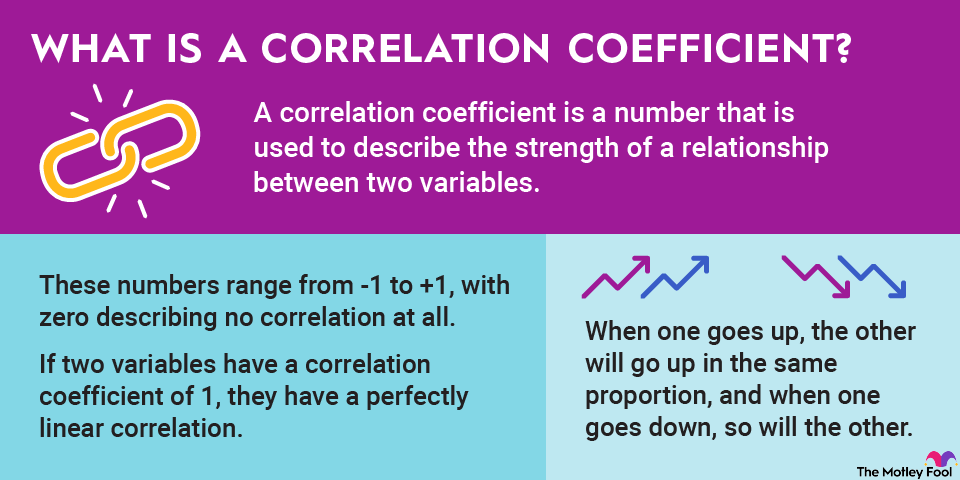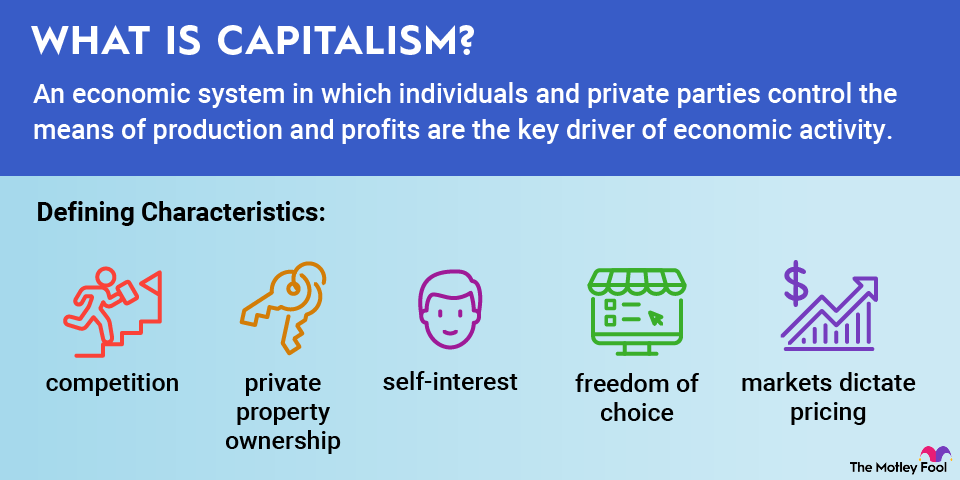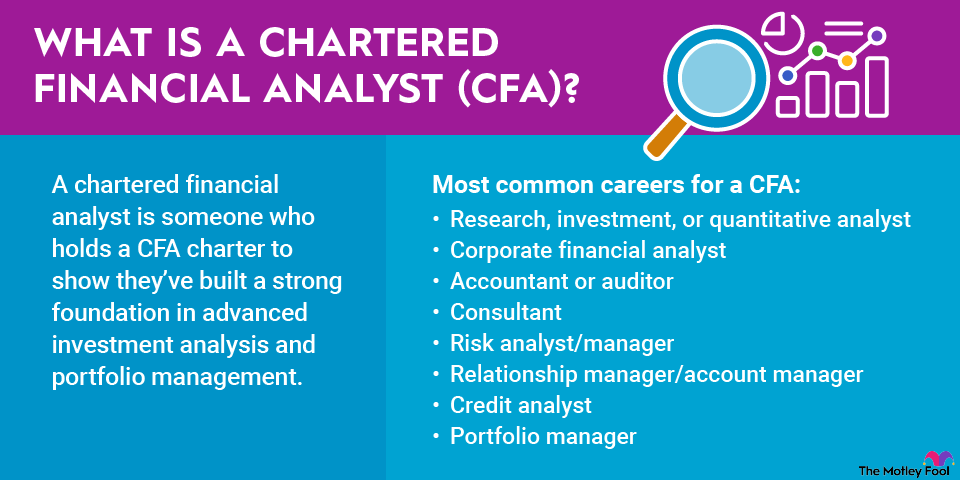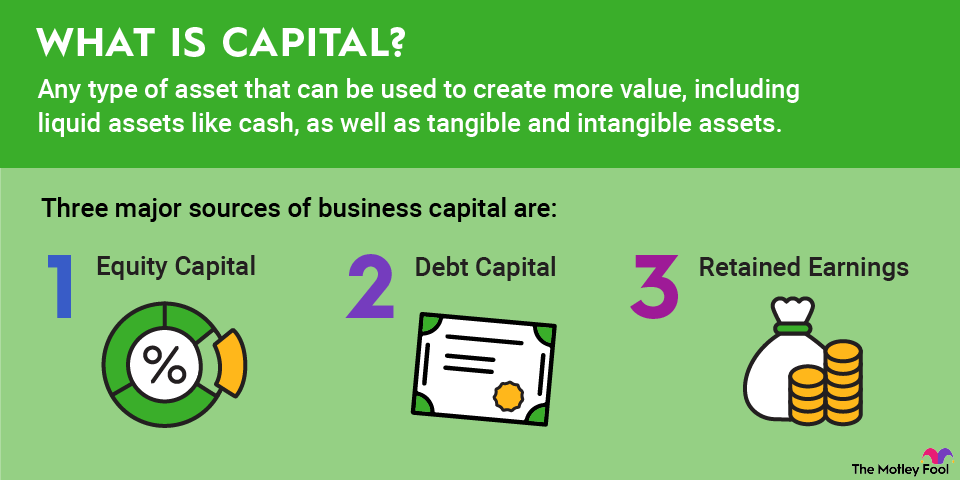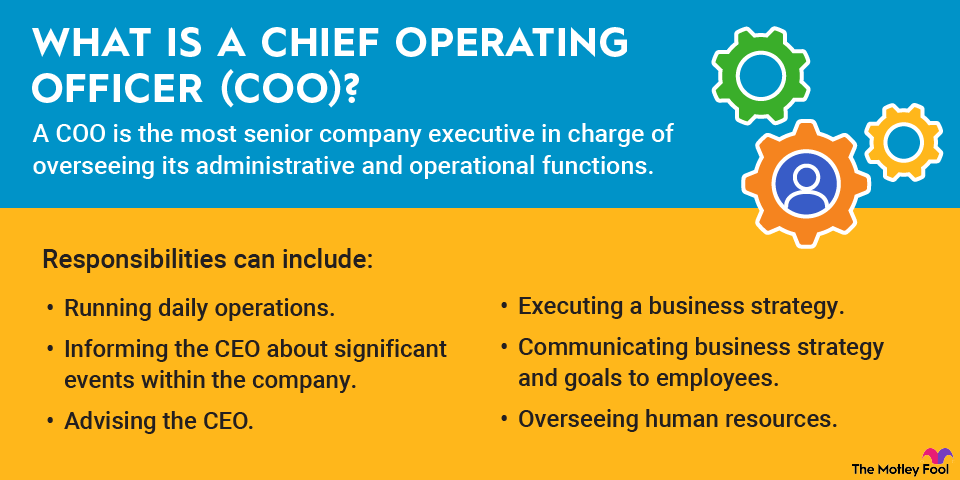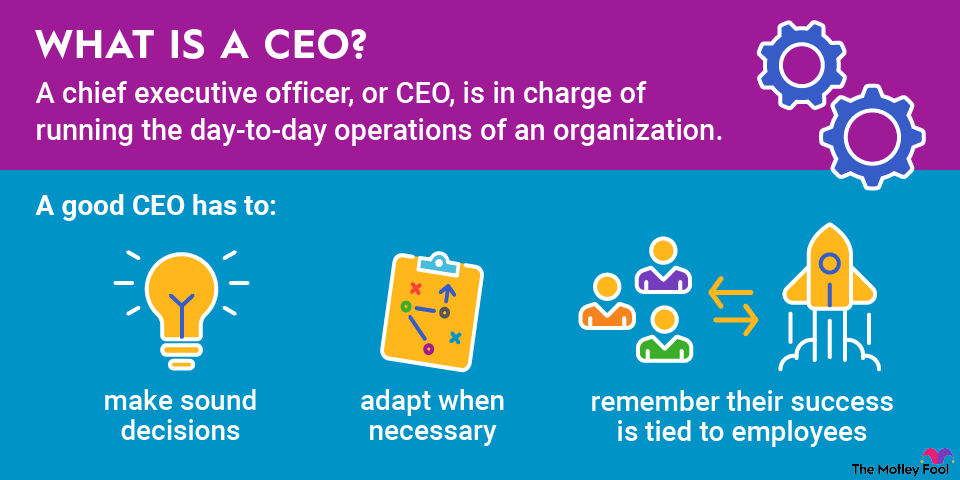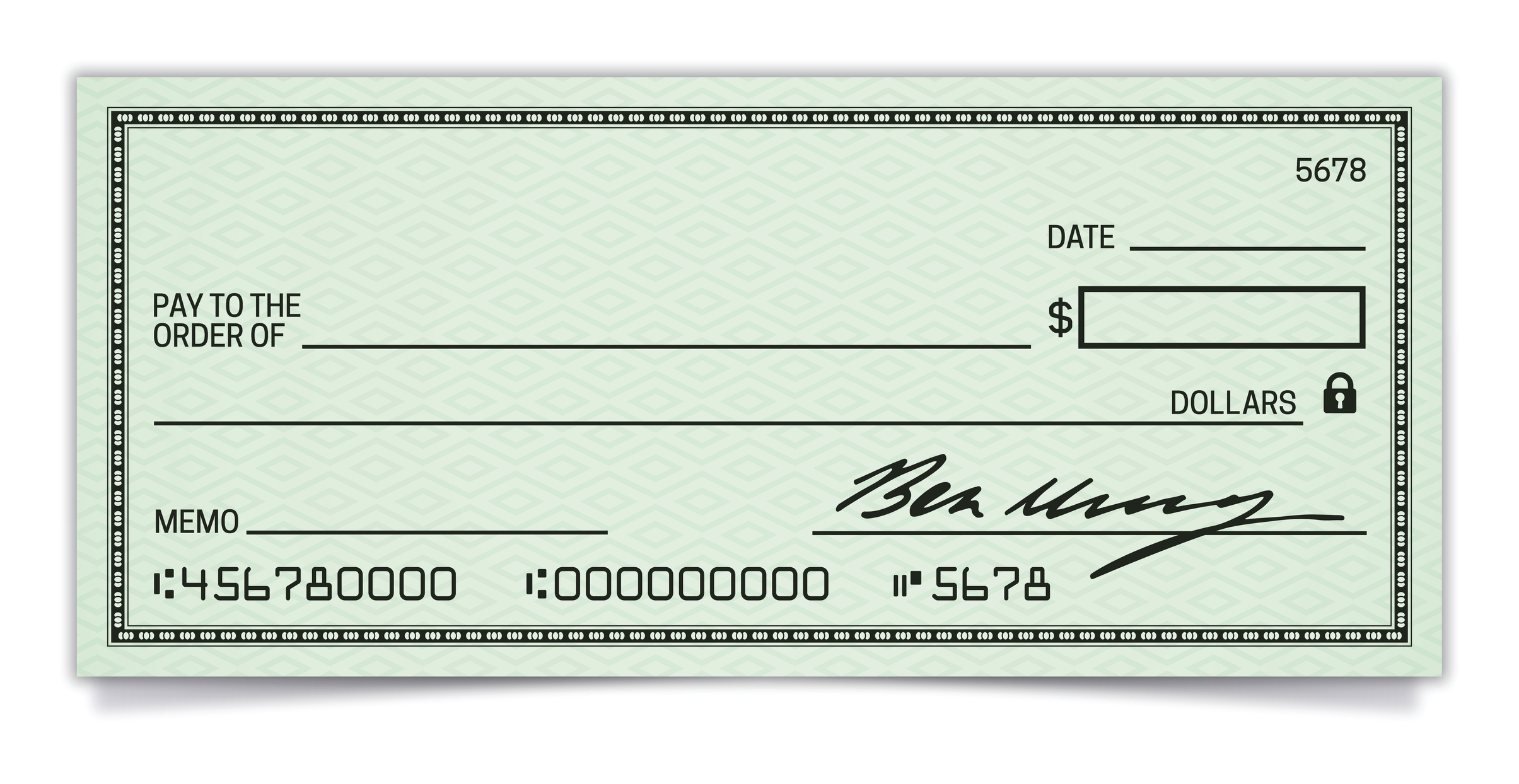Competitive advantage is a term frequently used in business contexts and is typically what drives superior profits, better product sales, and the continuous ability to innovate.

Companies with strong competitive advantages are the best positioned to succeed within their industries and generally are able to fend off rivals more easily than others. Some of the most common factors influencing competitive advantage include cost control, product differentiation, and customer service.
What is competitive advantage?
Competitive advantage refers to a company's ability to produce goods and/or services more cheaply or at a higher quality than its rivals. A business may have superior customer service or may be able to produce goods at lower cost through economies of scale (a business concept that denotes the correlation between the quantity of a product a company makes and the price the company can profitably charge). A company with one or more competitive advantages is well positioned to execute its business strategy and grow sustainably relative to its peers.
Competitive advantage is synonymous with a company's "unique selling proposition," or the distinctive reason customers are repeatedly drawn to buying a company's products or services. Perhaps you appreciate a product's low price. Maybe you like the product because it's unique in the marketplace and no other company produces anything with the same functionality. Or, perhaps, you simply value the customer service.
The unique selling proposition can take the form of a cost advantage -- customers in this case make repeat purchases because they are attracted to the low price. Alternately, competitive advantage can be ascertained through product differentiation. In this instance, a product's differentiated qualities entirely distinguish it from products by competitors, creating a loyal customer base.
Competitive advantages are important because they enable companies to consistently outperform their rivals. Companies deploy their competitive advantages to attract as many new customers as possible and increase their profit margins. By purchasing one product over another, you are implicitly affirming the seller's competitive advantage.
Competitive advantage vs. comparative advantage
Competitive advantage is frequently confused with "comparative advantage," which is actually just one type of competitive advantage. A company with a comparative advantage produces goods or services more efficiently than its peers. If a company requires a lower quantity of an input (for example, fuel) to produce the same output as another company, then the first company has a comparative advantage. Similarly, a comparative advantage exists if one company can transform the same quantity of inputs into a higher number of outputs than its competitors.
Put another way, comparative advantage is a measure of relative opportunity cost, which is the value of the inputs expended, relative to a competitor, to produce a certain set of outputs. Companies with comparative advantages have opportunity costs that are lower than those of their competitors.
Applying competitive advantage to investing
At least a basic understanding of competitive advantage is necessary for any industry analysis investors conduct to determine what a company is worth. Searching for companies with clear competitive advantages within their respective industries can help you to decide how to invest, particularly when creating a portfolio of long-term stock holdings.
It's also important to be able to recognize competitive advantage when you see it. A company's competitive advantage is the reason you buy from certain businesses and why you are likely to continue doing so in the future. As time passes and business landscapes continually evolve, new sources of competitive advantage will continue to emerge in all sectors of the economy.
